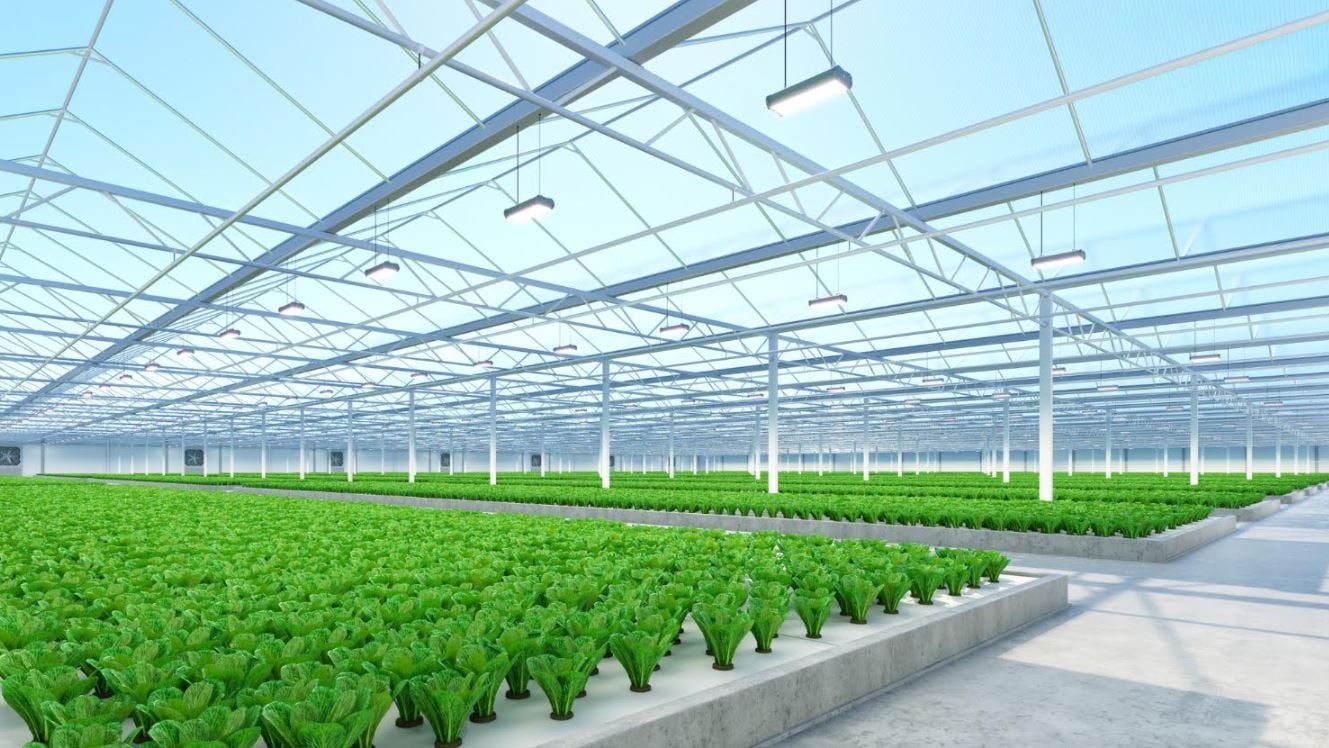Hydroponic gardening has taken the world by storm, and the main reason behind it is that through this technique, the growers can maximize their yield in limited space without the use of soil. Hydroponic systems use a nutrient-rich solution stored in a reservoir in which the roots of the plants are submerged. This nutrient solution provides all the necessary elements to the plant for rapid growth.
This is why it is extremely important to keep the temperature of the hydroponic reservoirs under control, where this nutrient solution is stored. A rise in the temperature can damage the roots and the overall growth of your plants.

Most indoor hydroponic systems that use the deep-water culture process tend to heat up in their reservoir area due to the heat emitted by the lights. This can reduce the oxygen level in the reservoir, making the environment unsuitable for plant growth. This is why it is essential to maintain the air temperature in the hydroponics tank between 23-26 degrees centigrade and 20 degrees or lower for water.
Let’s get to know to keep the hydroponic reservoir system cool:
Get a chiller
Electronic chillers are one of the most effective ways of cooling the reservoir. These might be a little on the expensive side, but they are very effective. They are small units that comprise a fan, compressor coils, and refrigeration lines and can be used underwater. Most commercial hydroponic farming experts use a 1.5-2 horsepower chiller for best results.
Paint your reservoir to block heat and light
Dark color containers absorb more heat, and thus it is better to use a light-colored reservoir container. To make it more effective, paint it with white color that will help in cooling down the reservoir and keep the temperature under control. Simple spray paint will do the trick.
Place your reservoir under the shade
This is a simple technique, yet it works well. Keeping your hydroponic reservoir in the shade will minimize its exposure to sunlight and thus reduce heat absorption. A well-placed reservoir system can free you from all cooling issues, and all you need to do is concentrate on taking care of the plant growth.
Use a big size reservoir
The larger the reservoir, the lesser the temperature fluctuation. Most hydroponic growers use small reservoirs to save on space but struggle to keep the temperature under required limits. Buying a bigger reservoir will automatically keep the nutrient solution cooler as compared to a smaller one. The added advantage of using a big hydroponic reservoir system is that it will keep the pH and PPM levels under control.
Top off your solution or add ice
Topping off the nutrient solution means adding more water to the reservoir, which automatically brings the temperature down. Alternatively, you can add some bits of ice to the solution to alter the temperature. But note that both these processes will alter the pH levels in the solutions, so you must be careful with the quantity of water or ice you add to the solution.
Bury your reservoir underground
This is yet another natural way of hydroponic cooling. Dig a hole big enough in the ground for your reservoir to fit in and place it there carefully. The moist and cooler soil environment will result in the reservoir cooling down to the right amount. But this is hard work, as digging a pit for a large hydroponic setup might require you to toil a bit.
Make a DIY water cooling reservoir
Creating a cooling coil is another effective way of keeping the reservoir cool. But it has a downside that it ends up wasting a lot of water. To create a DIY water cooling reservoir, take copper or stainless-steel tubes, and create around 20 coils. Place them inside the reservoir with one end of the tube attached to a faucet, and the other end drains the water out. The running water will slowly cool down the reservoir.
Make your own swamp cooler
Adding a swamp cooler is an effective and simple technique for reservoir cooling. You simply need to attach a suitable fan that blows air on top of the nutrient solution. But the downside of this system is that it increases evaporation, so you might have to top off your reservoir more times. It also tends to alter the EC and PPM levels, so that needs to be monitored regularly.
Hydroponics systems are perfect for growing a bountiful crop in a limited space. But there are a few key areas that require special attention, and maintaining the right temperature of your hydroponics reservoir is one of them. If you live in a geographical area that has hot summers, you need to prepare yourself to beat the heat effect. But with appropriate hydroponic supplies and the perfect setup, you can enjoy a round-the-year harvest, which is the beauty of hydroponic farming.

